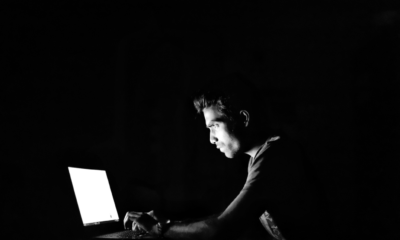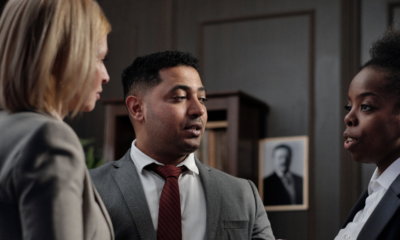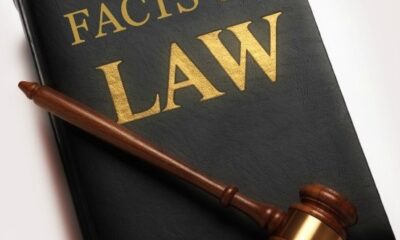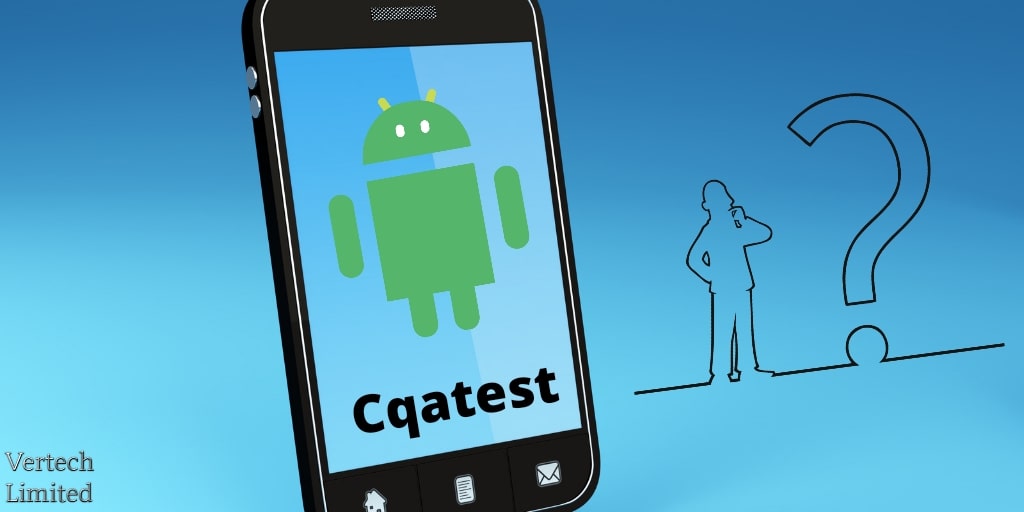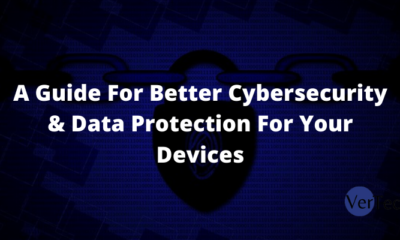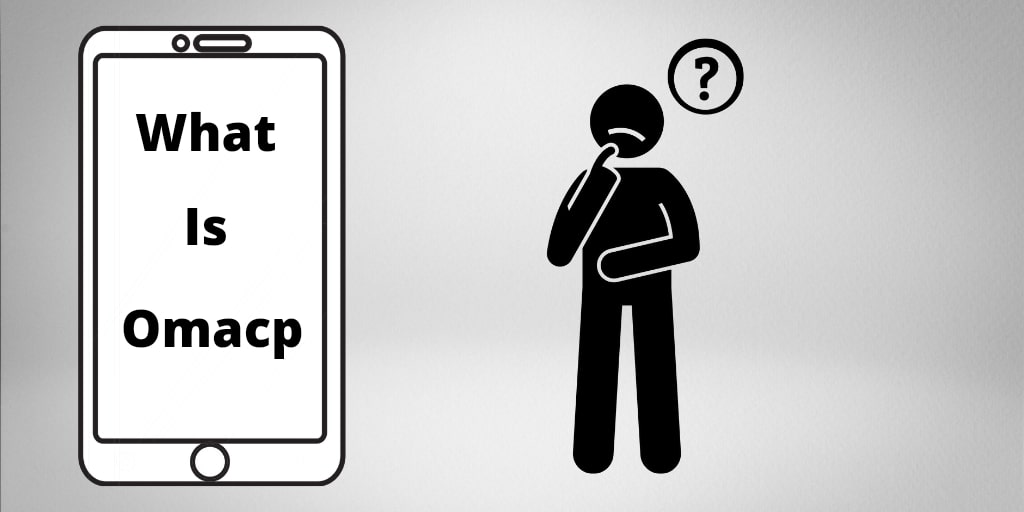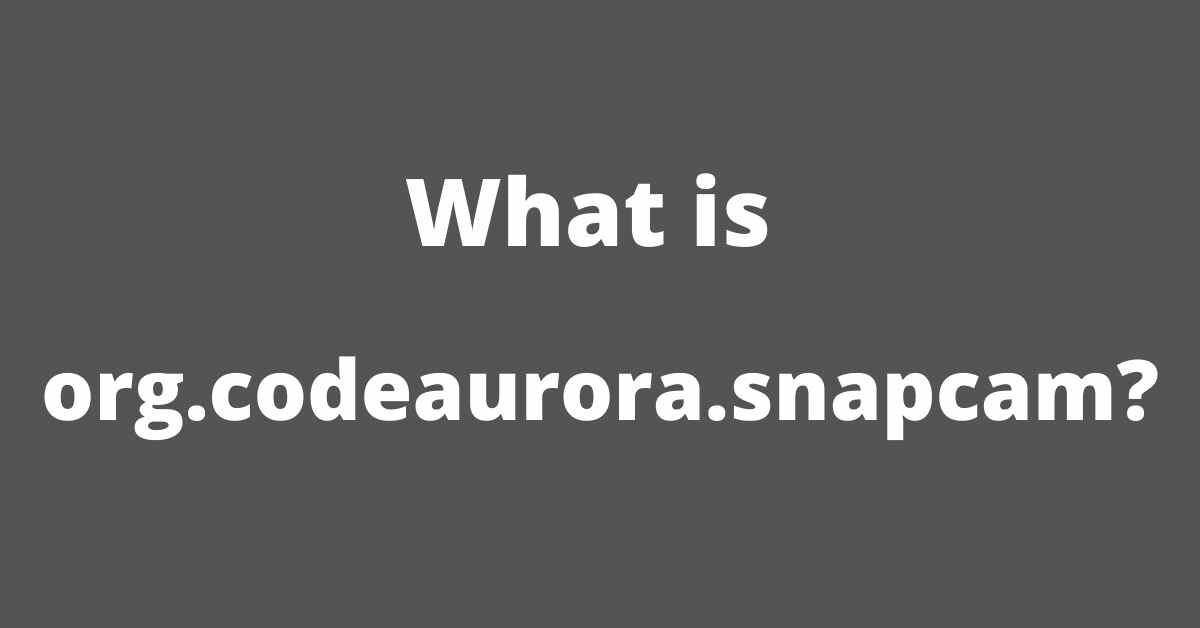Legal
What is DWI Detection Guide

The police or traffic officers will flag you down if they detect intoxicated driving and perform a field sobriety test–also called breath tests, on the roadside to ascertain their suspicions. But what arouses suspicion even before you’re flagged down? The decision to stop a DWI suspect is influenced by certain driving behaviors that are common with intoxicated drivers.
New Jersey’s Driving Under the Influence (DUI) Law is complex but DUI lawyers can sort through NJ’s intermingled and complicated laws to provide practical and ideal legal solutions to DUI law offenders. I’m sure you’ve heard many times how a DUI offense can impact your life si it’s important to consult a New Jersey DUI lawyer. So, how are DUI offenders identified with such a high accuracy rate?
13 Visual Cues for Identifying DUI Suspects
The National Highway Traffic Safety Administration introduced projects to train officers and motorists to identify intoxicated or impaired drivers, over the years. Researchers interviewed the police and traffic officers to develop data-driven resources or training materials for accurately establishing the blood alcohol contents (BAC) of motorists using visual cues. Common behaviors of intoxicated drivers, according to NHTSA, can include:
- Challenges of driving in one lane;
- Overspeeding and careless breaking;
- Lack of vigilance on the road;
- Impaired judgment.
Intoxicated drivers behave differently in the above four bulleted and traffic officers have to rely on visual cues to determine whether a driver is intoxicated or not. For example, the NHTSA research showed motorists who straddled the center or edge of the road at night had a 65% chance of intoxication. The following 12 visual cues are contained in the DWI Detection Guide of the Department of Transportation (U.S) to help detect intoxicated drivers at night and the percentages indicate that the suspect’s BAC is greater than 0.01% – the legal BAC limit.
-
Straddling Center or Edge of the Road
Straddling refers to when a car moves straight ahead but the center or lane or edge markers are between the right and left wheels; the probability that a straddling motorist’s BAC is greater than 0.1 is 65%.
-
Looking Drunk
Motorists who exhibit signs of being drunk have a 60% chance of a BAC that is greater than 0.1. Signs of being drunk or alcoholism include:
- Blood shot eyes;
- Holding the steering wheel tightly;
- Leaning towards the windshield;
- Making obscene gestures;
- Staring and slouching.
-
Weaving or Zigzagging
This occurs when the vehicle keeps moving from one side of the road to the other. In other words, the motorist drives laterally and not in a straight line. The probability that the BAC is greater than 0.10 is 60% in this case.
-
Driving along Undesignated Roadways
This means that the motorist could be driving on the shoulder, edge, or entirely off the road lane. The probability that the BAC is greater than 0.10 is 55% in this case.
-
Driving Unusually Slow (Below the Recommended by 10 MPH)
Intoxicated drivers typically drive below the recommended speed limit by 10mph because of visual impairment thanks to excess alcohol or intoxicants in the body. The probability that the BAC is greater than 0.10 is 50% in this case.
-
Failing to Keep the Recommended Distance
A motorist who drives so close to other vehicles is likely intoxicated and the probability that their BAC exceeds 0.10 is 50%.
-
Lane Markers between Wheels
A motorist could be drunk if the lane markers are between the right and left wheels. The probability that the BAC is greater than 0.10 is 45%.
-
Drifting
Traffic drifting occurs when a driver keeps crossing lanes, fails to give way, backs into traffic, or drives against oncoming traffic on a one-way road. The probability that the BAC is greater than 0.10 is 45%.
-
Wrong and Inconsistent Signalling
Wrong signaling occurs when:
- Failing to turn at an intersection or corner;
- Constantly signaling;
- Using the wrong hazard e.g using the right-hand indicator when turning left;
- Driving while the four-way hazard is on.
The probability that the BAC is greater than 0.10 is 40%.
-
Stopping Suddenly and Inappropriately
An intoxicated motorist may stop in illegal places, such as crosswalks, walkways, or intersections. The probability that the BAC is greater than 0.10 is 35%.
-
Continous Acceleration and Deceleration
Continous acceleration and deceleration when the traffic conditions do not demand such behavior could indicate intoxication. The probability that the BAC is greater than 0.10 is 35%.
-
Driving at Night while the Headlights are off
Driving without lighting the headlights could indicate intoxication. The probability that the BAC is greater than 0.10 is 30%.
The police or traffic officers use the above visual cues to flag down DWI suspects. However, the officer must confirm their suspicions after stopping the suspect through other means, such as performing a field sobriety test, breath test among others.
-
Blog1 year ago
MyCSULB: Login to CSULB Student and Employee Portal – MyCSULB 2023
-
Android App3 years ago
Cqatest App What is It
-
Android1 year ago
What Is content://com.android.browser.home/ All About in 2023? Set Up content com android browser home
-
Software2 years ago
A Guide For Better Cybersecurity & Data Protection For Your Devices
-
Latest News2 years ago
Soap2day Similar Sites And Alternatives To Watch Free Movies
-
Android2 years ago
What is OMACP And How To Remove It? Easy Guide OMACP 2022
-
Android3 years ago
What is org.codeaurora.snapcam?
-
Business2 years ago
Know Your Business (KYB) Process – Critical Component For Partnerships

